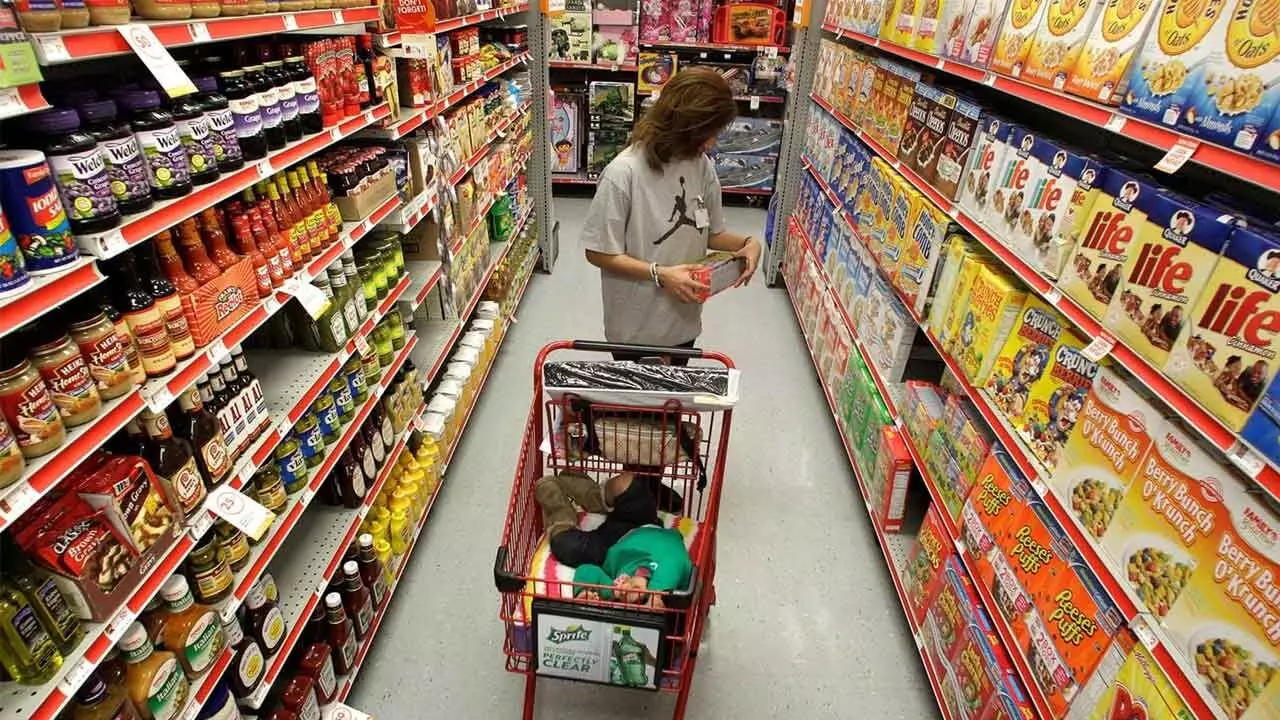US Inflation May Have Cooled, But Trump’s Tariffs May Keep Prices High
Core inflation remains sticky, and economists warn that price pressures could persist, complicating the Federal Reserve’s path to rate cuts
US Inflation May Have Cooled, But Trump’s Tariffs May Keep Prices High

US inflation may have cooled a bit last month but it could be a short reprieve as President Donald Trump's tariffs are widely expected to keep prices elevated in the coming months.
On Wednesday, the Labour Department is expected to report that in February the consumer price index rose 2.9 per cent from a year ago, according to economists surveyed by FactSet.
If so, that would be down slightly from 3 per cent in January and the first drop in five months. It fell to a 3 1/2 year low of 2.4 per cent in September.
Core prices, which exclude the volatile food and energy categories, are also expected to slip, down to 3.2 per cent from 3.3 per cent in January. Economists watch core prices closely because they often provide a better read on where inflation is headed.
Even if the expected declines occur, both figures will still have largely been stuck at the same levels since last summer, when the improvement in inflation largely stalled after a steep drop from a peak of 9.1 per cent in June 2022. If price increases stay stubbornly high, that could create political problems for Trump, who promised as a candidate to “knock the hell out of inflation."
And with Trump imposing — or threatening to impose — a wide range of tariffs on imports from Canada, Mexico, China, Europe and India, most economists forecast price growth will likely remain elevated this year.
“There's no real progress toward that 2 per cent goal,” Dan North, senior economist at Allianz Trade Americas, a financial services firm, said. “I suspect that you're going to start seeing inflation numbers go the other way.” Wednesday's figures are unlikely to move the inflation-fighters at the Federal Reserve much closer toward cutting their key interest rate, which they reduced three times last year amid signs inflation was continuing to fall.
Fed Chair Jerome Powell said the rate cuts were on pause in January and a cut is highly unlikely at the Fed's meeting next week. On a monthly basis, both headline and core prices are projected to have risen 0.3 per cent in February from the previous month.
That would be an improvement from January, when overall inflation spiked 0.5 per cent, but increases at that pace are still too large to get inflation on a yearly basis back to the Fed's 2 per cent target. The biggest wild card for the Fed — and the economy as a whole — are the tariffs and Trump's threats to impose more.

